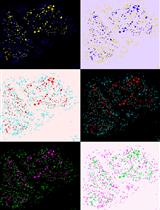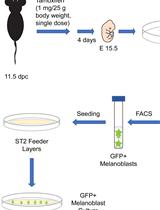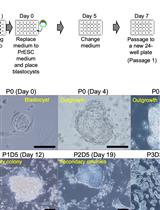Improve Research Reproducibility A Bio-protocol resource
- Submit a Protocol
- Receive Our Alerts
- EN
- Protocols
- Articles and Issues
- About
- Become a Reviewer
Mouse Macrophage Differentiation by Induction with Macrophage Colony-Stimulating Factor
Published: Vol 3, Iss 17, Sep 5, 2013 DOI: 10.21769/BioProtoc.893 Views: 12723
Reviewed by: Lin FangFanglian He
How to cite
Favorite
Cited by













